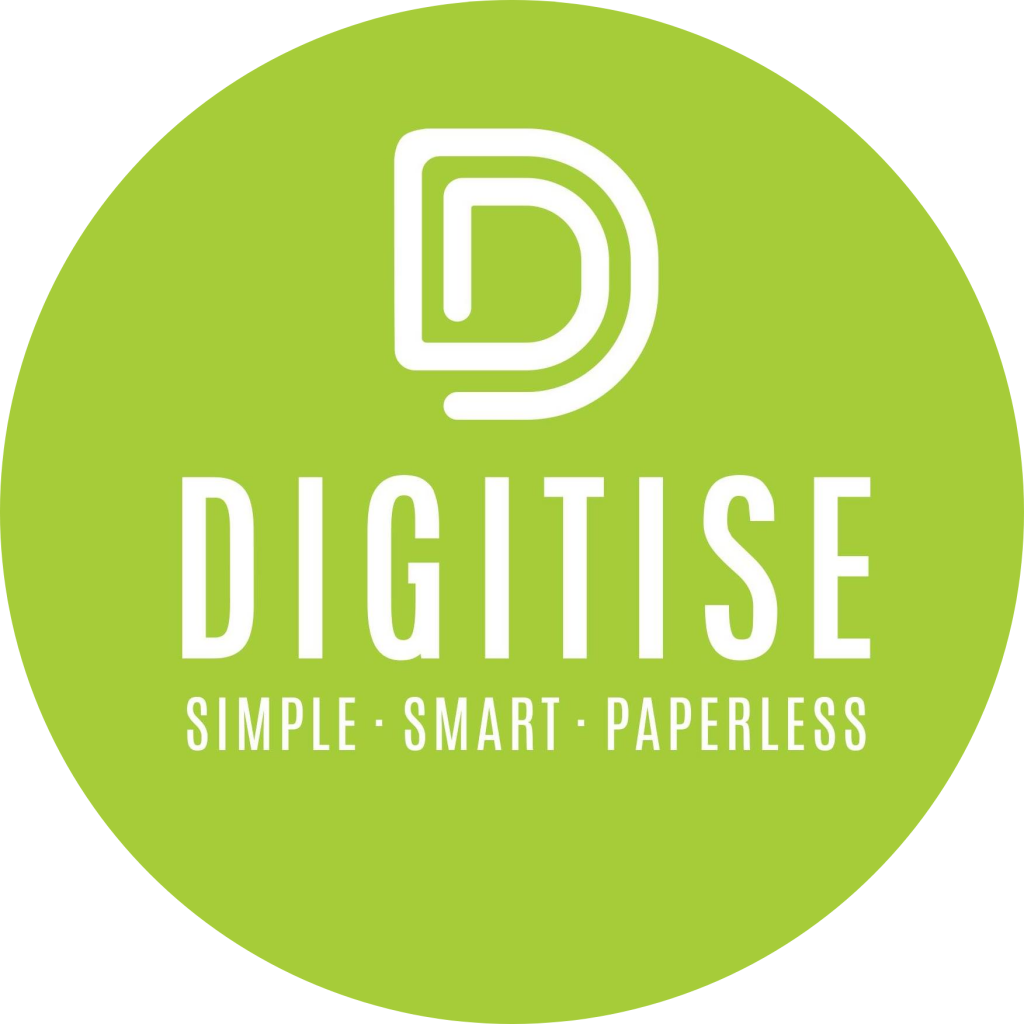Business
4 Things Customer Brands Get Wrong About Customer Loyalty
When it comes to understanding their customers, where do most service and retail businesses go wrong?

Getting a customer through the door, or onto your online store, is one thing, but earning a customer’s loyalty is a whole different ball game. The reality is that it is often far easier (and more cost-effective) to retain existing customers than it is to find new ones, but how exactly do you keep them coming back for more?
The first thing to note is that no one is truly ‘loyal’ to a brand or business, but rather that they’ll simply return if the experience is positive, and this could change at any time. Therefore, the most likely reason that someone will become a returning customer is if they have had a positive emotional response to your business and engaging with it.
There are three key principles to helping achieve this positive experience, with the first being that businesses need to meet customer expectations. The second is to build a recurring consumer behaviour by making their shopping experience as seamless and hassle-free as possible. And finally, exceptional customer service is about optimising the customer experience by actively gathering and collating insights about your customers’ expectations and needs.
The 2021 Truth & BrandMapp Loyalty Whitepaper revealed that as much as 74% of economically active South African were using loyalty programmes in 2021. But can customers truly be ‘loyal’ to a brand?
Dogs are loyal, customers aren’t
In an Oracle report, consumer behaviour expert Philip Graves explains that, in psychological terms, being loyal is just not something that applies to humans and brands. Loyalty is an emotional restraint that keeps humans within the ‘safety of the herd’. When we don’t act in accordance with social ‘rules’ or norms, we feel shame and guilt. Without shame and guilt, loyalty cannot exist. And no one should believe that consumers feel so bad about leaving a brand that they will experience shame and guilt.
So, while customers can indeed keep on using your products, this is not actually ‘loyalty’. Graves believes that repeated use comes down to how good your product is. All this is worth keeping in mind. The word loyalty will not disappear from the business lexicon any time soon, but it is always good to be clear on what we are actually talking about.
Poor customer service is the biggest cause of disloyalty
While online shoppers buy from you because of your product or brand, they often jump ship due to poor customer service. Customer service is typically the most significant contributor to brand disloyalty. Therefore, it’s fundamental to prevent customers from leaving in the first place.
The first priority of your team should be to address speed, friendliness, and effectiveness in meeting customer expectations. Modern customers also demand personalisation. They want brands to evolve with their specific needs in everything from products and services to experiences, moving beyond traditional offerings to something attuned to their unique lifestyle, interests, and activities.
Without reliable and personalised customer service in place, your marketing department could be fighting a losing battle from the start.

Satisfaction and spending are not indicators of loyalty
Many retail brands see customer satisfaction as a great indicator of customer loyalty. But as Frederik F. Reichheld, the inventor of NPS (Net Promoter Score), established many years ago, satisfaction isn’t always connected to actual customer behaviour and revenue growth. However, this doesn’t mean that satisfaction isn’t important to measure. Satisfaction determines a customer’s attitude towards their latest interaction with your brand — nothing more.
More so, your highest-spending customers are probably spending their money on your competitors too. Many retailers believe that a high average spend translates to brand loyalty. But as this McKinsey study found, close to half of spending by a company’s best customers actually goes to other retailers in the same category. What can we take from this? Correlation does not equal causation. Your high-spending customers are not necessarily loyal, so be wary of making connections that aren’t there.
Reducing customer effort is the clearest way to make loyalty gains
The bottom line is that, above everything else, customers want their shopping made easier, and customer effort and loyalty benefits are strongly correlated. Reducing customer effort is the most beneficial thing a brand can do to meet customer needs and generate loyalty. This means that retailers need to think carefully before hiding their phone numbers, sending emails from ‘no reply’ addresses, or redirecting all customers towards self-service or FAQs that aren’t actually useful. These distinctly user-unfriendly options could be killing loyalty at the source. Smart self-service options can be deployed with great success, but they need to be customer focused, and there should always be a human agent standing by in case it’s necessary.
With the right tools and platforms (such as conversational commerce, ticketing services, self-service, or mobile support), businesses can ensure that their customer service meets modern expectations and leaves a lasting impression. And considering the cost of acquiring new customers versus the cost of guaranteeing existing customers stick around, it’s well worth going the extra mile to earn customer loyalty. Platforms like Digitise not only give you a powerful drag-and-drop website-builder, but also sophisticated CRM (Customer Relationship Management) tools so that you can interact and get to know your customers.
While these things often are run on separate systems and can end up being quite expensive and complicated, Digitise makes it simple by having it all in one place, running on one system, giving you a single log-in to control all the aspects of your business from your phone, tablet or laptop.
And of course, when starting your first business, keeping the costs slim and tight is always the better option, and Digitise takes this into account. There are flexible pricing packages so that you can find the best option for you and your business.
The benefit of using the Digitise platform is that from the front-end of the webpage to the CRM and marketing tools in the background, your entire online toolbox is with the same provider, making the transition in the digital space a hassle-free one rather than a painstaking process of vendor selection and hunting down the right service providers.
Why not sign-up and get cracking on your business now? Check out Digitise here.

























